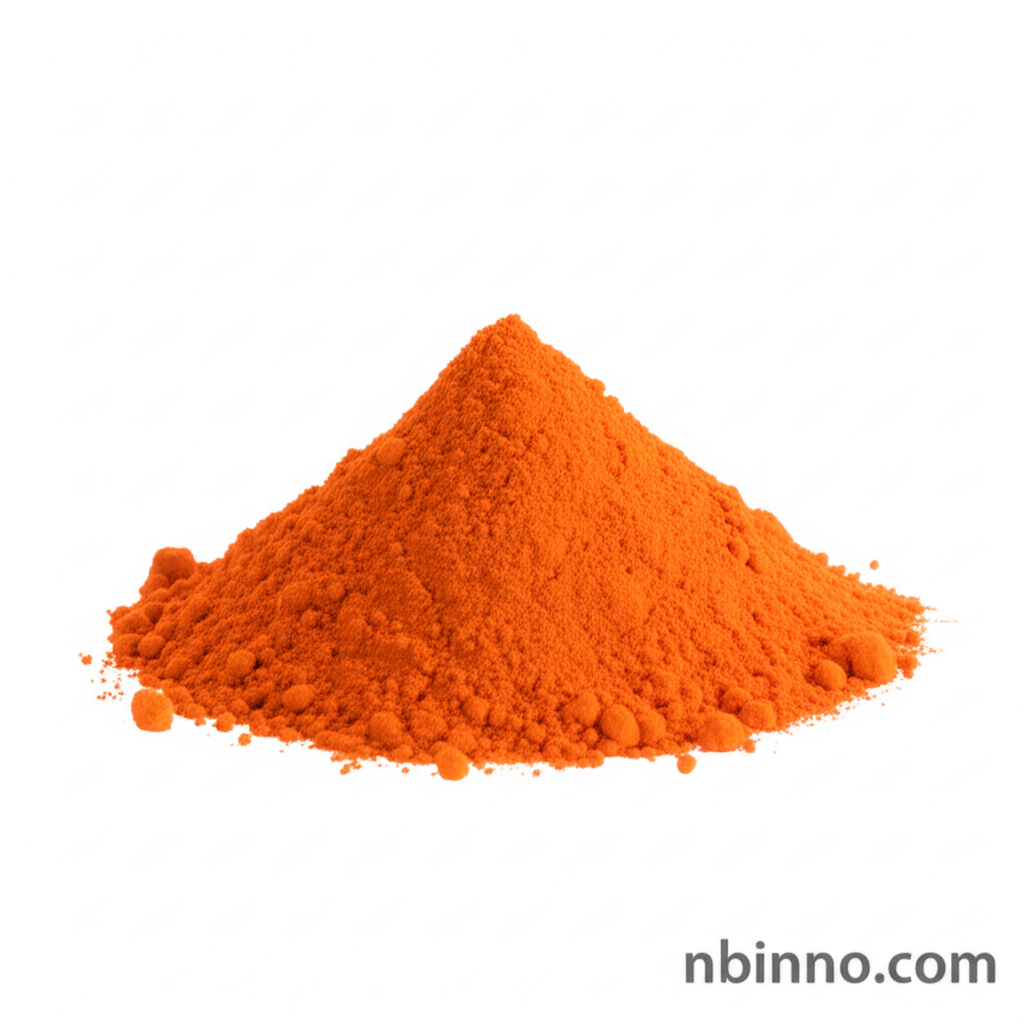Tris(2,2'-bipyridine)ruthenium(II) Tetrafluoroborate: A Key Photoinitiator for Advanced UV-Curing and Electronic Applications
Unlock cutting-edge solutions in photochemistry and material science with this advanced ruthenium complex.
Get a Quote & SampleProduct Core Value

Tris(2,2'-bipyridine)ruthenium(II) Tetrafluoroborate
This sophisticated coordination compound is a cornerstone for professionals seeking to advance technologies in UV-curing and electronic applications. Its unique photophysical properties make it an invaluable asset for light-harvesting systems, contributing to efficient solar energy conversion. As a ruthenium complex, it plays a critical role in catalysis, optimizing various chemical reactions and paving the way for more cost-effective synthesis of complex molecules.
- Investigate the potential of tris(2,2'-bipyridine)ruthenium(II) tetrafluoroborate photoinitiator in next-generation UV-curing technologies.
- Explore how this ruthenium bipyridine complex is advancing solar energy solutions by improving light absorption.
- Understand the role of fine chemical intermediates applications, including this compound, in developing novel materials.
- Discover the benefits of using this photoinitiator for advanced materials in the electronics industry.
Key Advantages
Exceptional Photophysical Properties
Leverage the remarkable photophysical properties of this ruthenium complex for enhanced performance in light-harvesting systems and solar energy conversion, a key aspect of advanced photoinitiator technologies.
Catalytic Efficiency
Benefit from its catalytic activity in various chemical reactions, leading to more efficient and cost-effective synthesis, which is crucial for fine chemical intermediates applications.
Versatility in Applications
Utilize its broad applicability in molecular electronics and photonic devices, showcasing its value in UV-curing for electronics manufacturing and other high-tech sectors.
Key Applications
UV-Curing Materials
As a potent photoinitiator, this ruthenium complex is instrumental in developing advanced UV-curing materials for a wide range of industrial applications.
Electronic Chemicals
Its unique electronic structure and ability to facilitate electron transfer make it a vital component in the development of advanced electronic chemicals, including those for organic photovoltaics.
Solar Energy Conversion
This compound is essential for enhancing light absorption and improving energy conversion efficiency in dye-sensitized solar cells and other solar energy technologies.
Catalysis
Its application as a catalyst in organic reactions contributes to more efficient processes, supporting the advancement of fine chemical synthesis.
